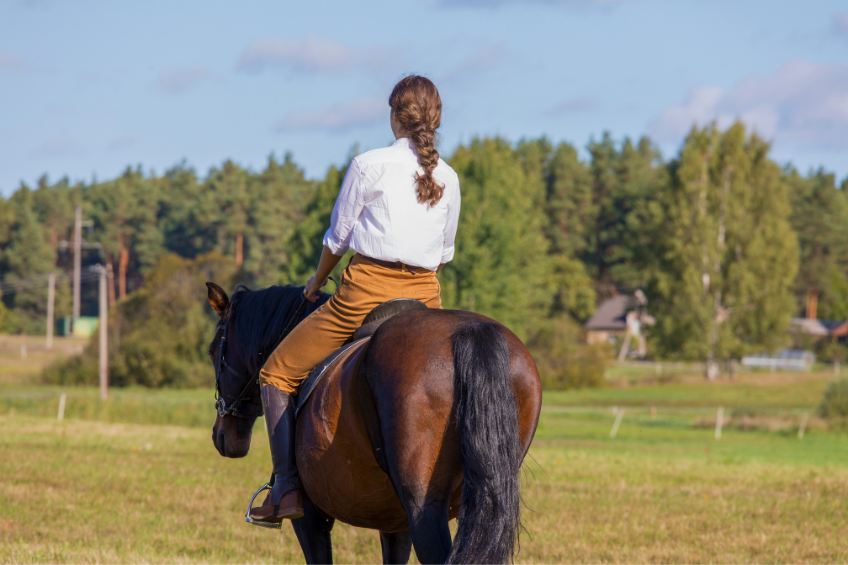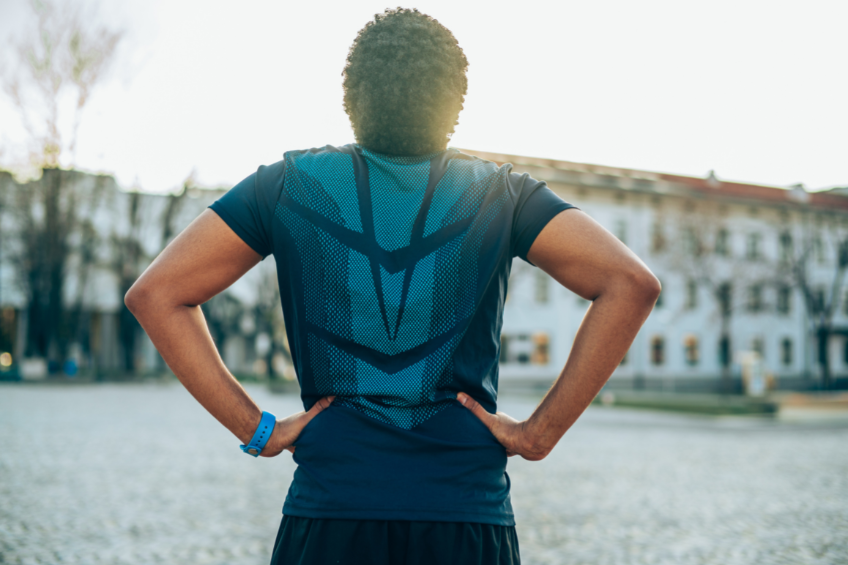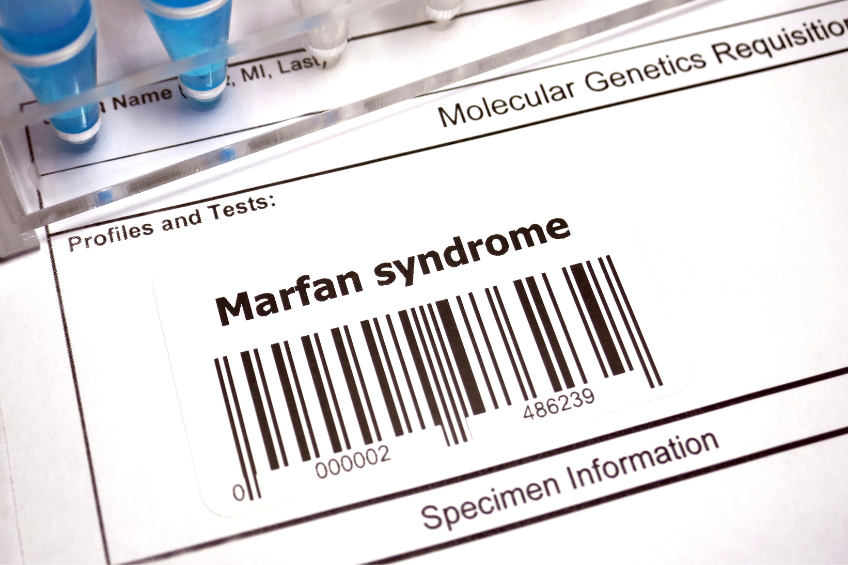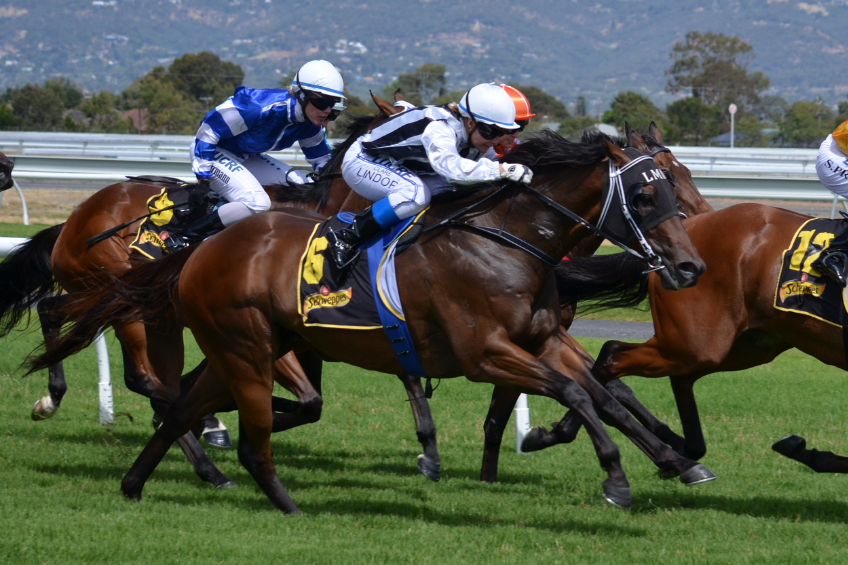How Can Scoliosis Patients Stay In The Saddle?
Horses are unique animals and they each have their own personality. So too, the novice and experienced horseback riders and it is so vital that each horse is paired with the right rider so that both can complement each other and understand each other. To those who have no experience in equine therapy or equine sports, this may sound redundant as each animal in our universe has a specific personality. Yet, a horse has a uniqueness that cannot be duplicated with any other animal. Yes, dogs are loyal, and cats are cuddly, but horses offer the rider a special experience especially if they become friendly on a longtime basis with the horse.

Whatever the reason may be, for a preteen, teenager, or an adult the sport of horseback riding is unparalleled. The first-time rider may base their first experience with the unpleasant smell that follows the rider and his horse instead of looking ahead and enjoying the view and the building of trust with this animal. After a few rides you will be surprised at the satisfaction that you will recognize as you build a relationship with the horse of choice.
As you watch a typical rider, you will notice how straight their back is aligned as they trot slowly. As the horse speeds up the bumps and jumpy feeling begin to take hold and for most people this confirms that they are on their way to become a horseback rider. However, for some people with back issues such as scoliosis, horseback riding can be problematic. Scoliosis sufferers who love the sport will not want to give it up, yet they are looking for relief from the limitations that scoliosis can give to their enjoyment. Here are some examples of folks of different ages and different abnormalities all associated with some type of scoliosis and if they overcame their individual obstacles to stay in the saddle.
1) A twenty-three-year-old female horse trainer called a scoliosis therapy clinic asking if they could fit her with a special brace that she could use while riding her horse. This young woman complained that as she rode, and her speed increased her back leaned to one side giving her a lot of pain. In fact, not only did her back lean to one side but her whole body seemed to be off center.

For a horseback rider to wear a hard scoliosis brace would be quite challenging for the simple reason that the brace is supposed to support your back or whatever part of your body needs improvement and a rider must be flexible. There are some over the counter soft braces that are available for riders who have minor worries such as back pain and back support. This trainer was advised to first bring a copy of a recent x-ray to the scoliosis therapy clinic if it deems necessary, she will be given a prescription for a brace. It is possible that one of the braces that they will recommend could be worn while riding but her case will have to be assessed individually since each case is unique. At her age, she was advised that the brace could prevent the increase of her scoliosis, but it would doubtfully decrease her curve by many degrees. Therefore, it is imperative for parents to ask their pediatrician to check out their child’s back before puberty. Many long-haired girl’s backs are covered by their hair and the disability can be camouflaged. Most scoliosis braces are worn for most of the day between 18 and 23 hours. The period when the brace is removed could possibly be the time to ride, this all depends on the age and the condition of the patient.
2) Thirteen-year-old Lily Capone was diagnosed at birth with Marfan syndrome, a genetic disorder characterized by the child growing unusually tall along with other physical liabilities such as nearsightedness, heart valve and vessels abnormalities and chronic pain. Despite her limitations she has gone on to compete in the 3’6” horseback riding competition.
By the age of thirteen, Lily’s scoliosis had gotten much worse than it was earlier in her life. The S shape curve of her spine was so extreme that it was beginning to crush one of her lungs. Lilly was adamant that she did not want to stop riding, but it was explained to her that without surgery her rib cage and inevitably her internal organs would be affected.
A person with Marfan syndrome grows at such a fast rate that the spine cannot keep up with it. In addition, Lily was experiencing pain in the upper right side of her back with one of her ribs protruding. Although Lily continued riding, she was in such pain that as soon as she would get off the horse, she would demand Motrin.

Ultimately in a case such as Lily’s bracing was not the answer and in 2019 Lily had surgery with two titanium rods and thirty-eight screws and bolts attached to her back. She gained two unneeded inches and had to learn to ride without slouching her shoulders. The relaxed look of a typical rider was not in the cards for Lily, but she learned to compensate since she had such a love of riding. Two years later Lily experienced a setback and was back in the hospital for heart surgery because of her Marfan syndrome but after two weeks she was back in the saddle. With all her challenges and setbacks, Lily’s doctors support her riding schedule; in fact riding has even helped her foot problem of pigeon toes.
3) Horse racer, Rosie Twickenham has scoliosis which afflicted her with so much pain and discomfort that it threatened to take her out of the saddle permanently. Horse racing places much pressure on the rider’s lower spine due to the fact that a jockey must lean forward, and the high speed picks up the jockey swiftly and places her right back in the saddle repeatedly during the race. Rosie was advised by a physical therapist when evaluated that it was imperative for her to undergo massive physical therapy if she wanted to continue jockeying. Her therapist was very much in favor of her continuing her passion despite her scoliosis, explaining to Rosie that it was essential to maintain a strong core through proper exercise. She was also advised to pay very close attention to the position of her hips so that the weight is distributed evenly across her pelvis during riding.

Many scoliosis patients suffer from having one hip higher than the other and sometimes blame the horse for going towards one side until the correct diagnosis is made. Exercises that strengthen the muscles around the spine are quite beneficial for a rider, especially one who races. Although Rosie found the treatments extremely strenuous in the end, she was able to compete in the race of her dreams.
Practical Advice For Riders
The advice for horseback riders who have scoliosis and other spinal issues is not to give up on their dream but instead pay attention to balance training. When a rider is aware of exactly how their limbs are directed and becomes aware of exactly what their body’s position is in the saddle, the probability of serious injuries will lessen. When the entire body works in union, the knees, ankles, shoulders and hips the reaction time of foreseeing any obstacles increases and so the likelihood of harm decreases.
Final Words
Horseback riding has many different purposes for an equestrian enthusiast. Riding is fun and some health professionals recommend it for promoting good posture and this holds true for recreational riding. Horseback riding has been proven to be therapeutic for teens who have suffered trauma such as abuse, drug addiction and physical injury. Horses have a unique nature of relating to people especially if that person has a similar personality. A smart instructor or therapist will know how to pair each person with the right horse. Horse racing puts additional pain on the jockey because of the position that he or she postures while increasing speed during racing. A recreational rider can maintain a slower stance and keep their back straight, but a jockey must bend to increase speed.
A horse can sense when a rider is not straight in the saddle and tilting to one side. This can confuse the horse and make him go the wrong way. Horses are highly sensitive and are responsive to even the smallest shifts in a rider’s balance. For instance, a rider who unconsciously twists to one side, weighting one side more than the other, can cause her horse to tilt its head or to gallop unevenly in a straight line. The rider who depends too much on the inside rein for equilibrium may feel his or her horse becoming stiff. Many times, the rider will give preference to the horse’s wellbeing which holds back the success of a rider in both their progression as a rider and their physical health. Sports are an essential part of an adolescent’s life. With the right physical therapy and/or bracing they should be able to continue their favorite sport, in this case horseback riding.


